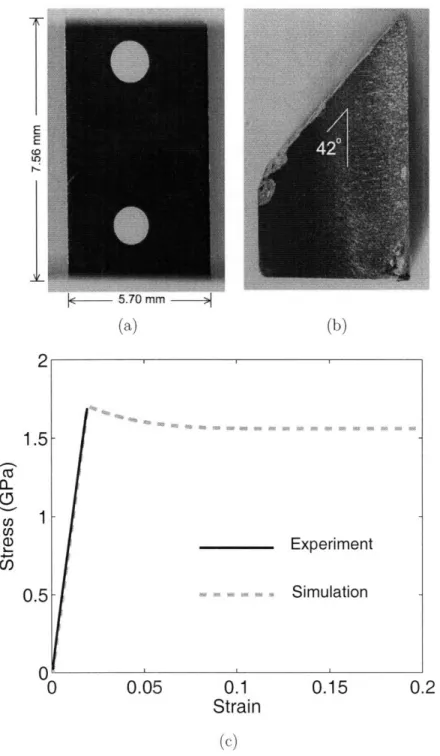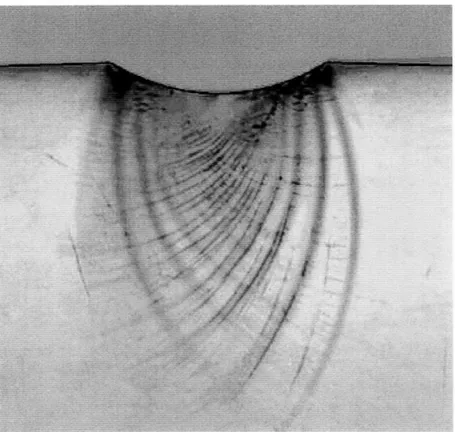A continuum constitutive model for amorphous metallic materials
Texte intégral
Figure
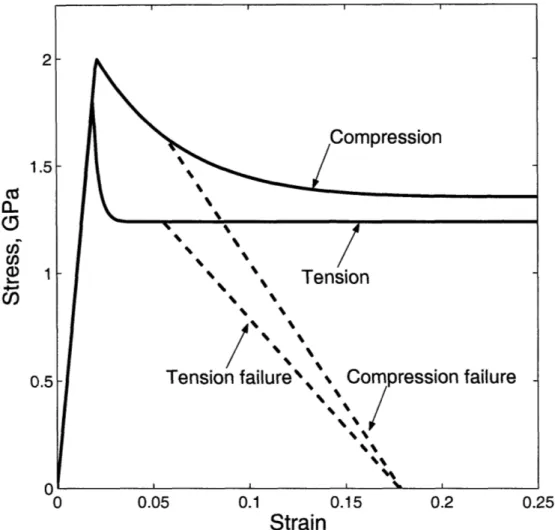
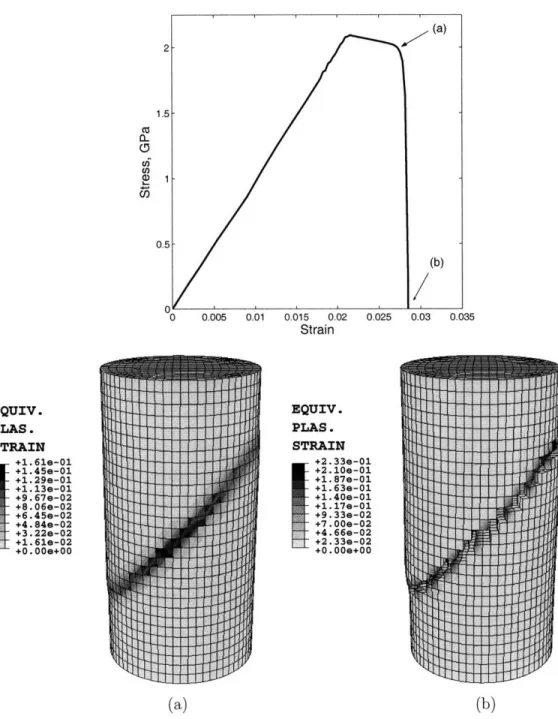
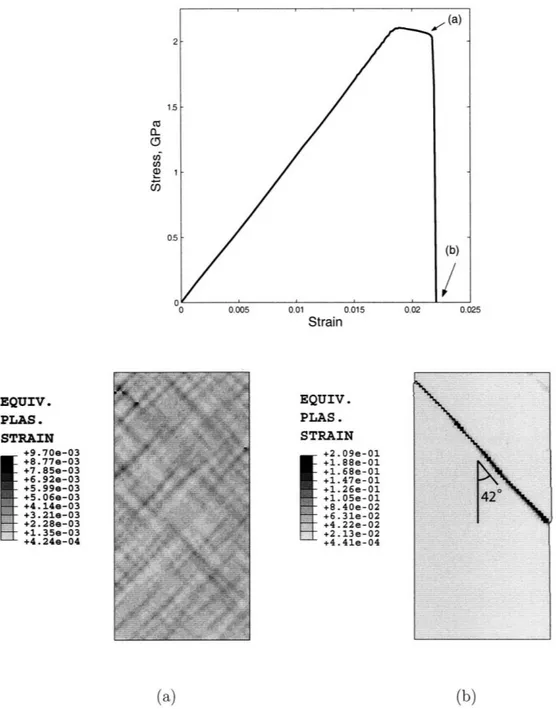

Documents relatifs
With the bubble soap raft model, we determine the shear behavior of an amorphous layer adhering to two rectangular crystalline rafts. For large displacements the
We use limit of sums in a specific form to define the definite integral of a continuous function over a closed and bounded interval.. This is to make the definition easier to
Specifically, we observe, for decreasing V , first a fluid-like regime (A), in which the whole granular layer is sheared, with a homogeneous strain rate except near the walls; then
Since there are no prospective data on the long-term func- tional outcome of patients undergoing unilateral LVRS, nor the number of patients who would require a second inter- vention
We have argued that several such episodes of star formation, due to AGN feedback activity, may account for the observed size evolution of massive galaxies (Ishibashi et al. King 2010
a description of dense suspensions has been proposed, which unifies classical suspension rheology, described in terms of a shear and normal effective viscosity which depend on the
As seen from atomistic simulations, “mode II” is a dominating shear mode especially at 0K for the three GBs. According to Fig. When the critical shear stress is reached,
results on sheared attractive particles showing transient shear banding [27] and earlier observations of ultraslow transients in concentrated emulsions [28], the present
